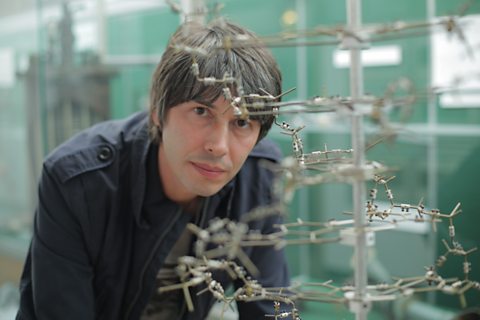Video summary
Professor Brian Cox recreates Tyndall's experiment, using a few drops of milk in a long tank of water.
Tyndall hypothesized that light was scattered by dust particles.
Blue light has a shorter wavelength and has a higher probability of being scattered, so the sides of the tank look blue and the red light penetrates to the far end of the tank.
Although we now know that individual molecules in the air, not dust particles, cause scattering, Tyndall's further exploration - leaving the dust for many days in a sealed box - allowed bacteria (as well as dust) to settle out of the water.
This provided significant support for the theory of microbes causing disease, which was still controversial at the time.
This short film is from the ±«Óătv series, Science Britannica.
Teacher Notes
This short film could be used to explain why the sky is blue and the sunset is red, and as an introduction to the concept of light waves, dispersion and scattering.
Students could be encouraged to replicate Tyndall’s experiment in class and review their understanding of the colour spectrum.
Students could discuss an aspect of nature that fascinates them and research experimental methods of learning about it.
This short film will be relevant for teaching physics at KS3, GCSE/KS4 and National 4/5 and Higher.
The topics discussed will support OCR, Edexcel, AQA,WJEC GCSE in GCSE in England and Wales, CCEA GCSE in Northern Ireland and SQA National 4/5 and Higher in Scotland, and Cambridge IGCSE Physics.
John Hunter and public engagement in science. video
Brian Cox describes how John Hunter pushed the boundaries of medicine using corpses obtained from grave-robbing and how he set up a museum to open minds about medical research.
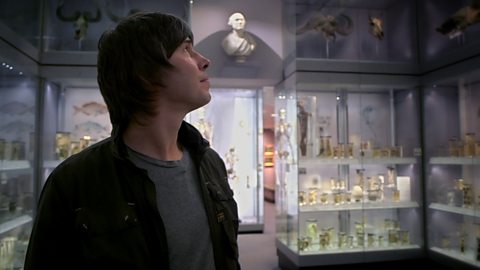
Sir Isaac Newton and the scientific method. video
Brian Cox outlines the historical context of the era in which Newton began to be interested in the nature of the visible spectrum obtained using a prism.
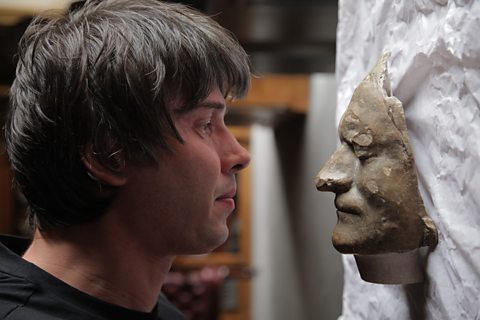
Who was Henry Cavendish? video
Professor Brian Cox introduces Henry Cavendish, the 18th Century scientist who investigated hydrogen, came up with the formula H20 and founded the Royal Institution.

Who was Humphry Davy? video
Brian Cox follows in the footsteps of 19th Century chemist Humphry Davy, recreating one of his explosive experiments that he used to impress the crowds at the Royal Institution.
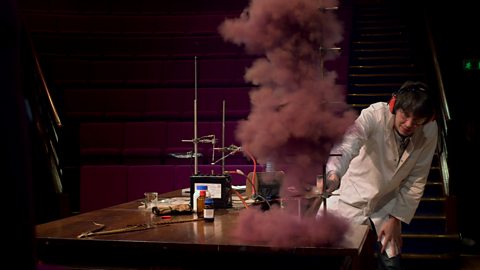
William Perkin and making scientific discoveries by chance. video
Brian Cox uses William Perkin's discovery of mauveine to explain how scientific discoveries are sometimes made by chance.
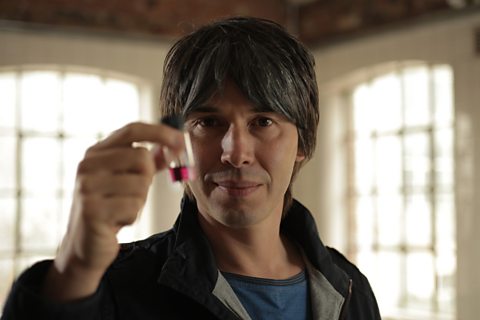
Targeted research. video
Brian Cox learns about targeted research in the modern pharmaceutical industry and how by focusing only on positive results, it fails to report negative results.
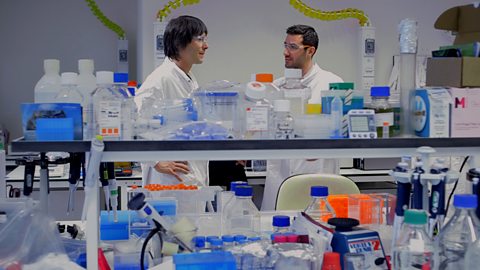
Global warming resistant GM crops. video
Brian Cox outlines the history of the discovery of DNA and how this has led to a controversy over the use of genetic modification in agriculture.
